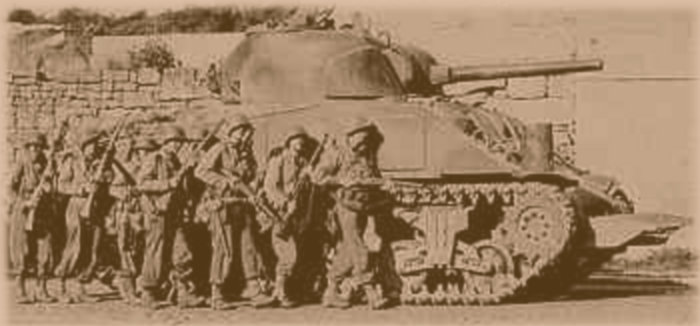Topic: Military Theory

Cohesion
Ride of the Second Horseman, Robert L. O'Connell, 1995
Groundbreaking research conducted after World War II into the factors influencing cohesion during combat showed clearly that it was founded upon bonding among small groups. Soldiers consistently indicated that their primary motive in assuming risks during battle was a deeply felt desire to support and protect their "buddies." Meanwhile, the anthropologically well documented tendency of human males to join together in small groups, along with its reflection in the primary units of so many armies (even those with very large and homogeneous tactical groupings), points to an innate behavioral foundation, with the logical origin being the hunting of big game by our prehistoric ancestors. For along with weapons use and speech, the kind of teamwork and unity engendered by such banding-plainly a feature of other pack animals-would have provided us with a significant competitive advantage. It makes sense that this capacity would have been selected for and passed forward, making it available for exploitation in later dangerous pursuits such as warfare. In both hunting bands and the small units of ancient armies, this cohesiveness would have been further reinforced by the likelihood of kinship ties and the limited though still powerful force of genetic altruism known technically as inclusive fitness.
But if this affinity within small military units can be analogized to the "strong force" operating at the subatomic level to bind nuclei, then the assembly of army-sized groupings still demanded an alternate source of attractive energy, equivalent to electromagnetism at the molecular level, to knit pods of combatants together at successively higher tiers. This force was the cultural medium known broadly as regimentation, but it operated through several instrumentalities of execution anc reinforcement. For however much innate behavioral repertoires might be manipulated, armies were still highly unnatural social entities and ones whose functioning inevitably subjected them to unusually powerful entropic forces. Therefore military cohesion always implied a healthy measure of coercion, but not exclusively so.
How this works on an individual level is most apparent during the initial transformation of a raw recruit into something approaching a fighting man, a basic training process encompassing not only the stimulation of latent propensities but also the teaching of new skills and the calculated repression of certain unwanted inhibitions. It seems likely that the widespread practice of such activities is nearly as old as organized conflict itself, and if the precepts reflected in the writings of the Roman Flavius Vegetius Renatus and the so-called Seven Military Classics of ancient China are any guide, military training was always based on a fundamentally shrewd and pragmatic understanding of our motives and limitations in war. At a higher level, attempts at organizational and institutional manipulation are clearly less consistent and more contingent on economic and social variables, including those of personal whim, but they remain based on a fairly uniform view of what might be useful in welding an individual to a military organization.

